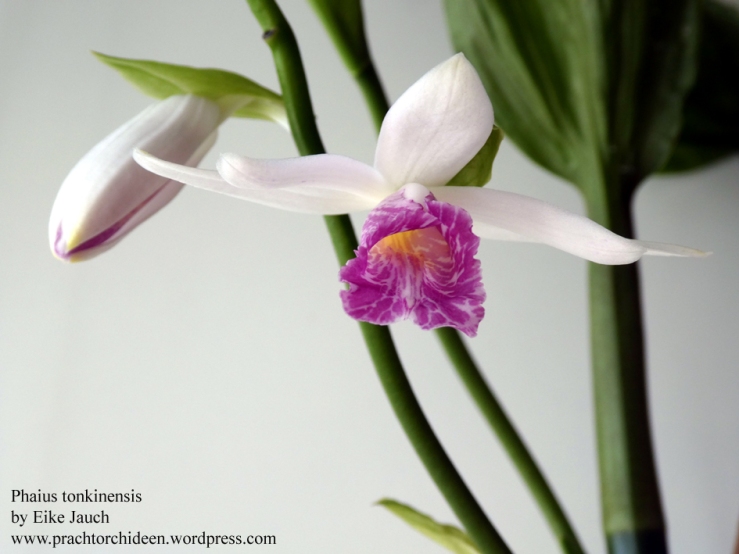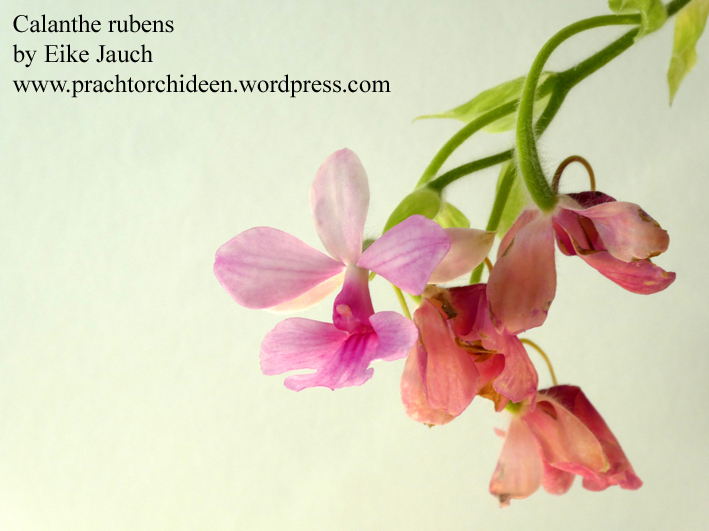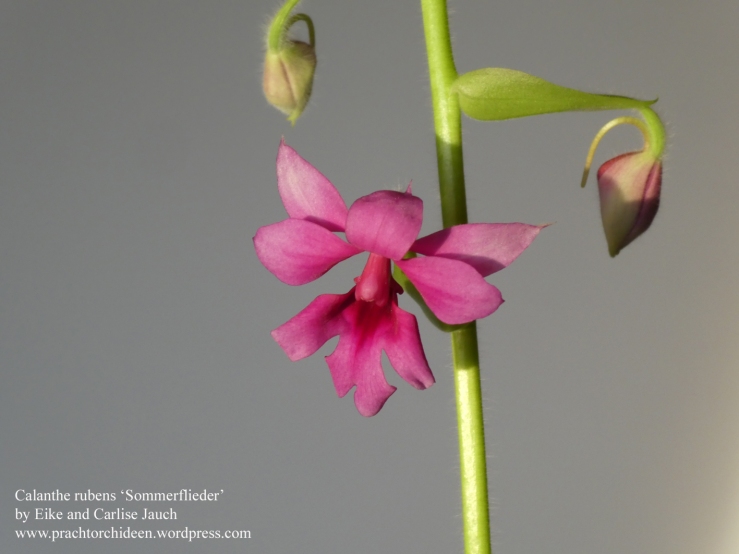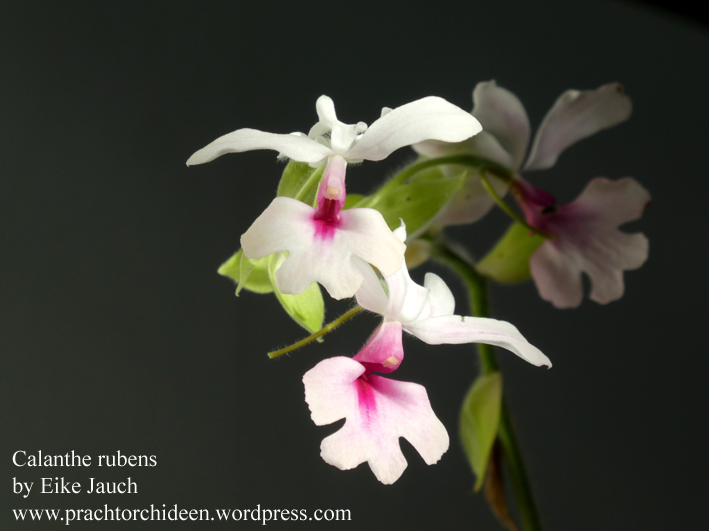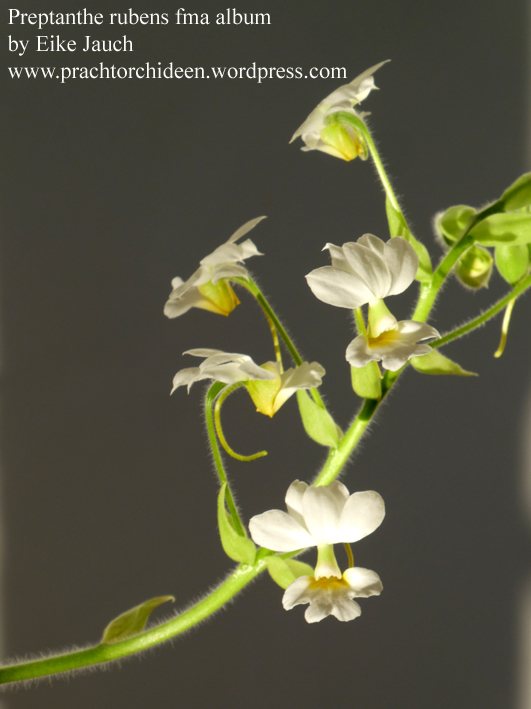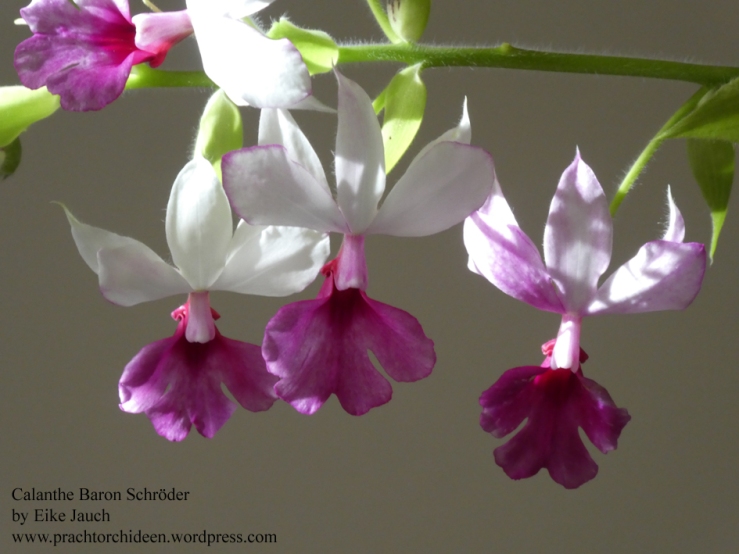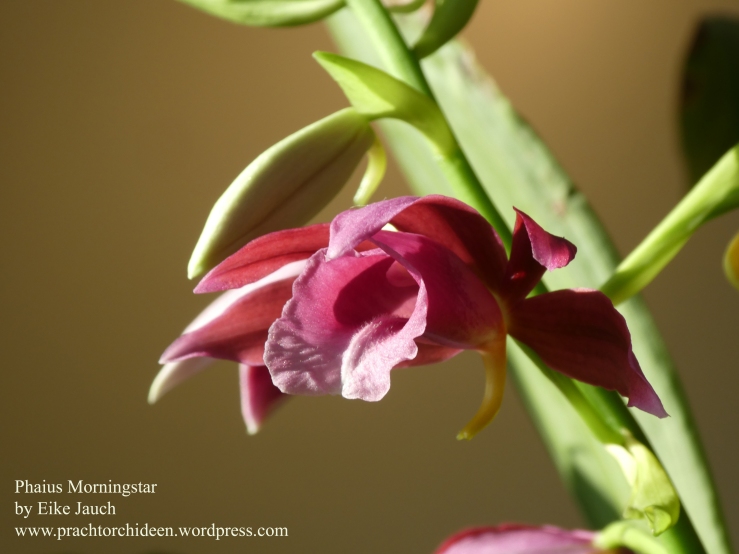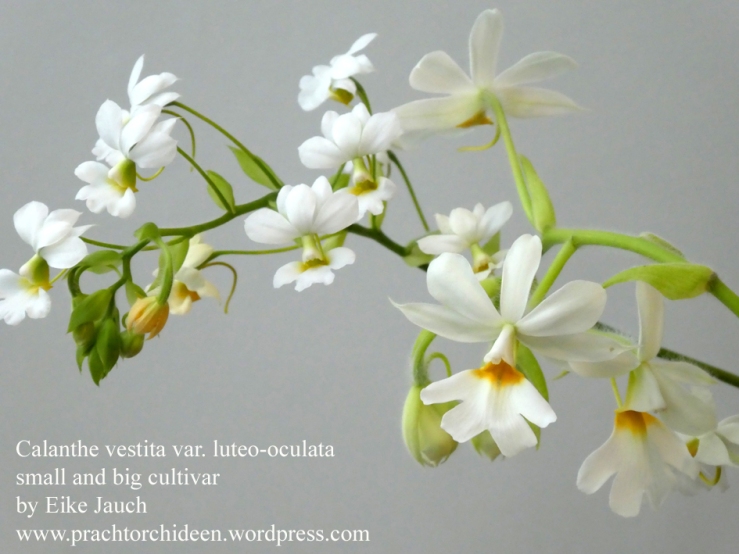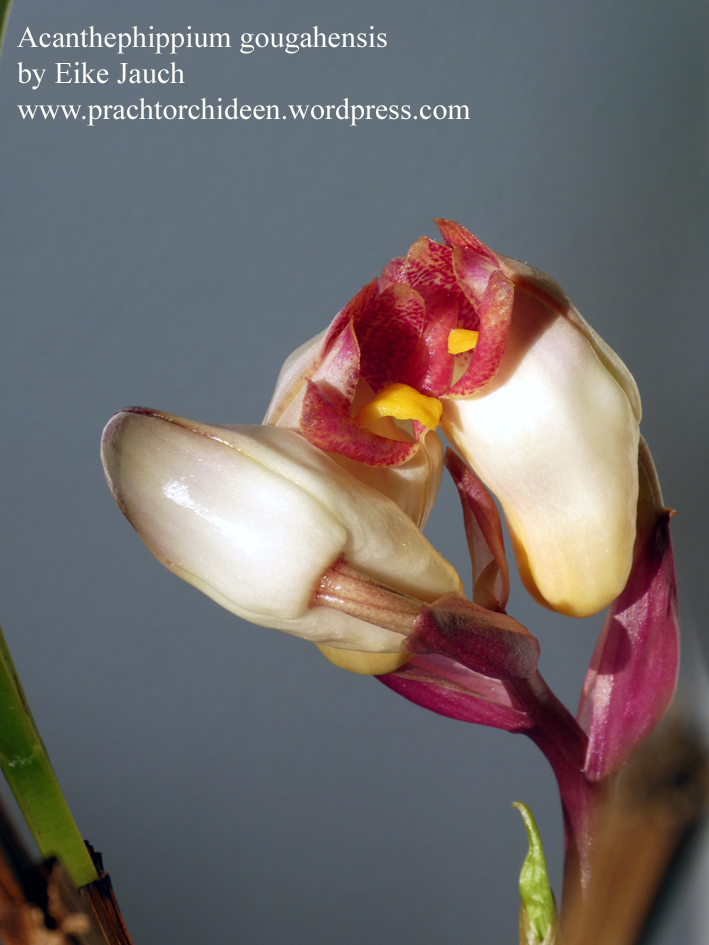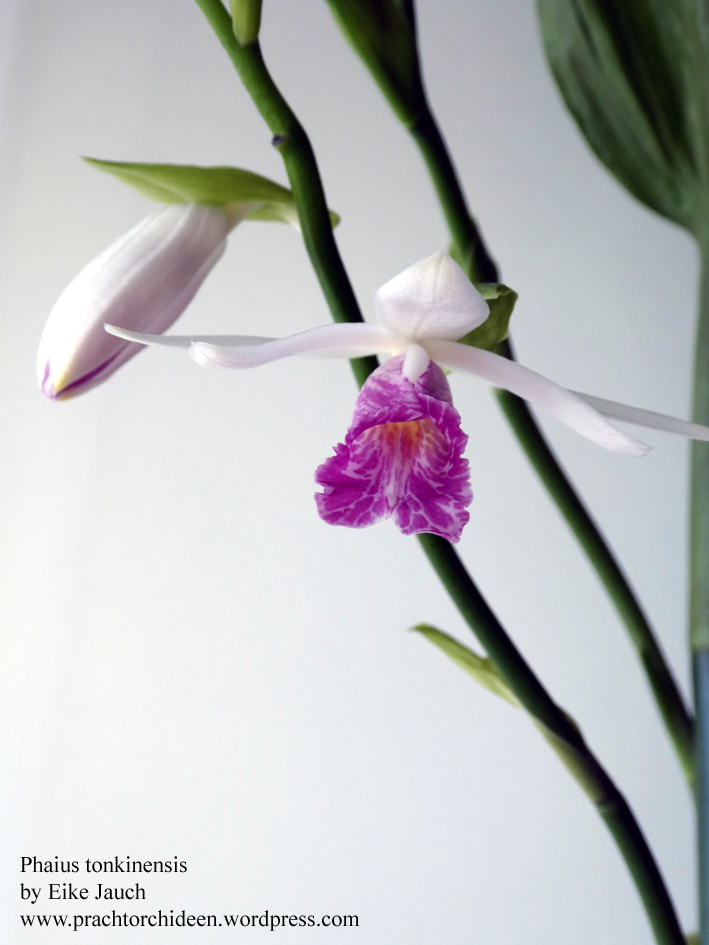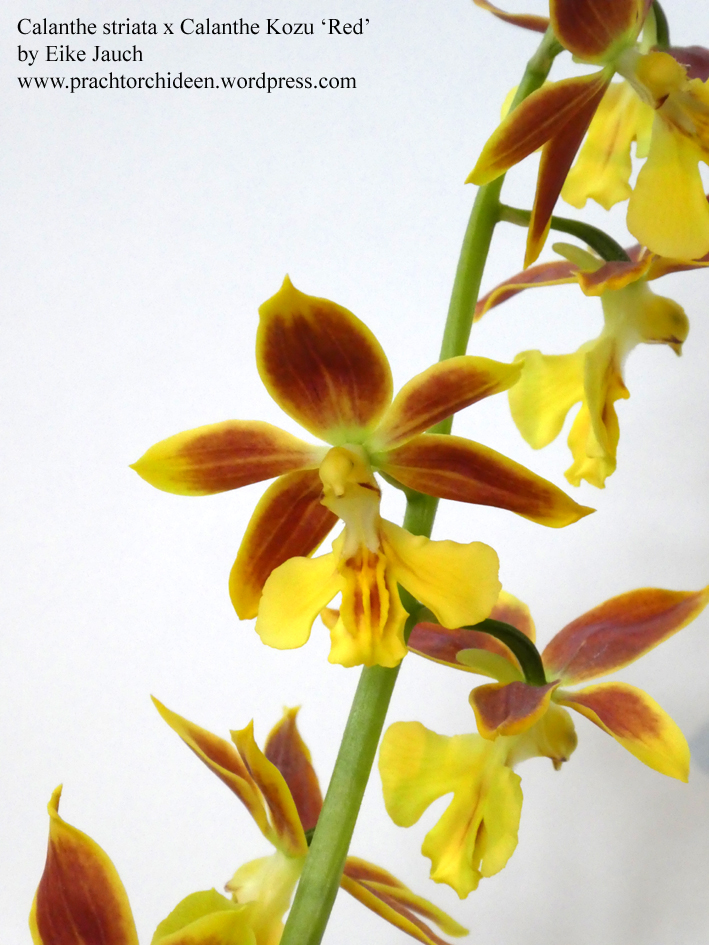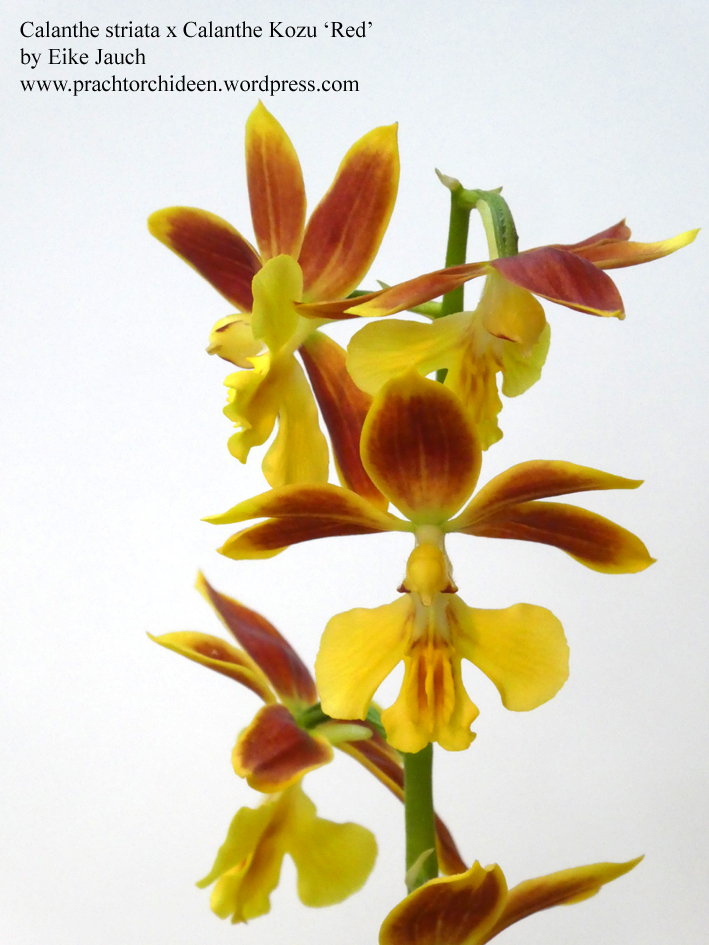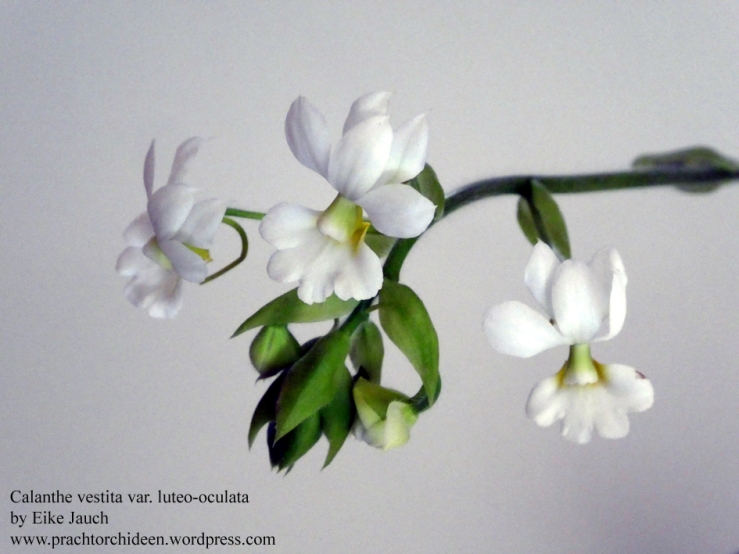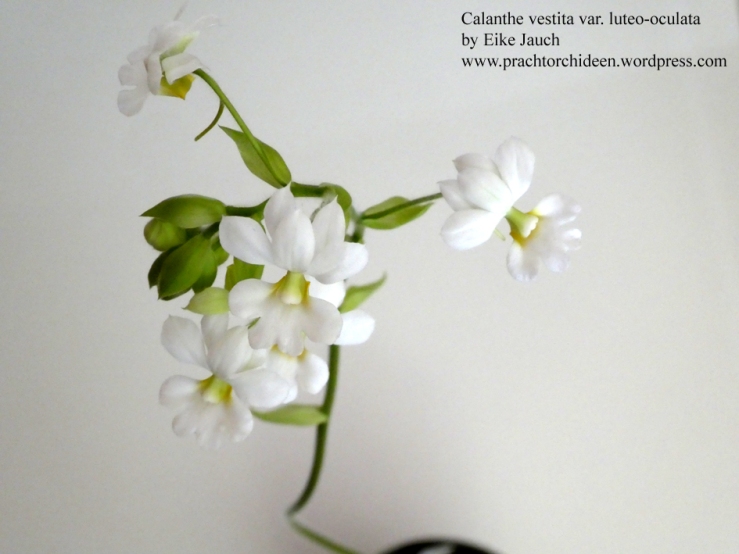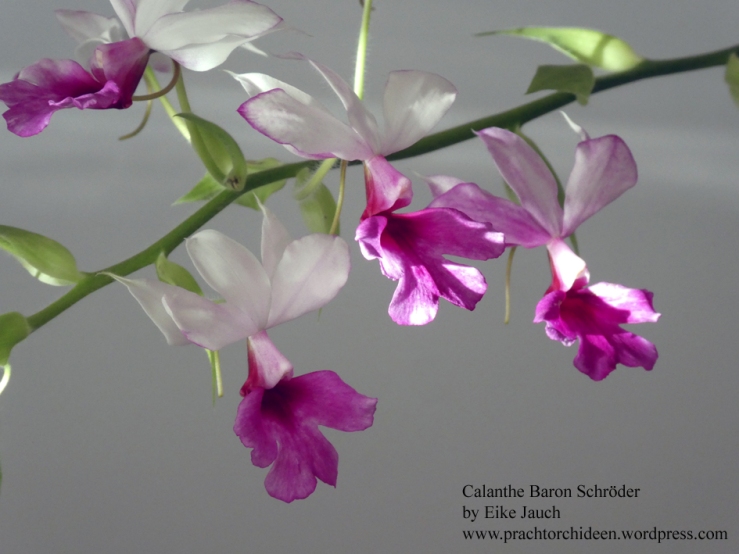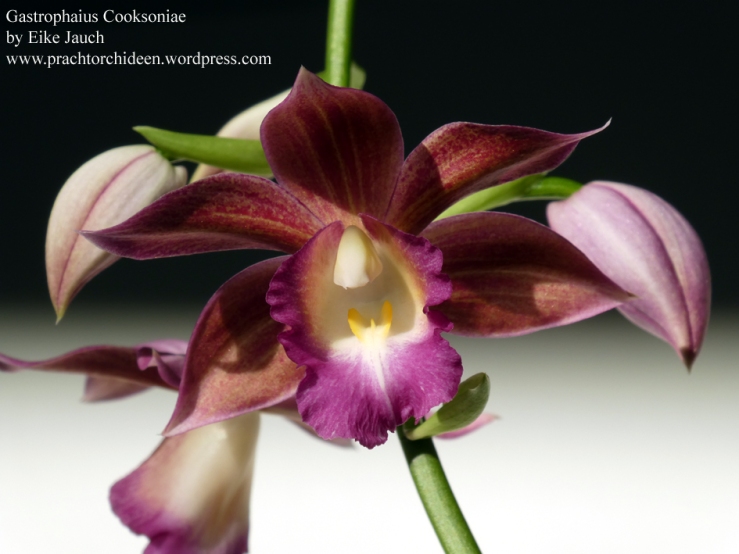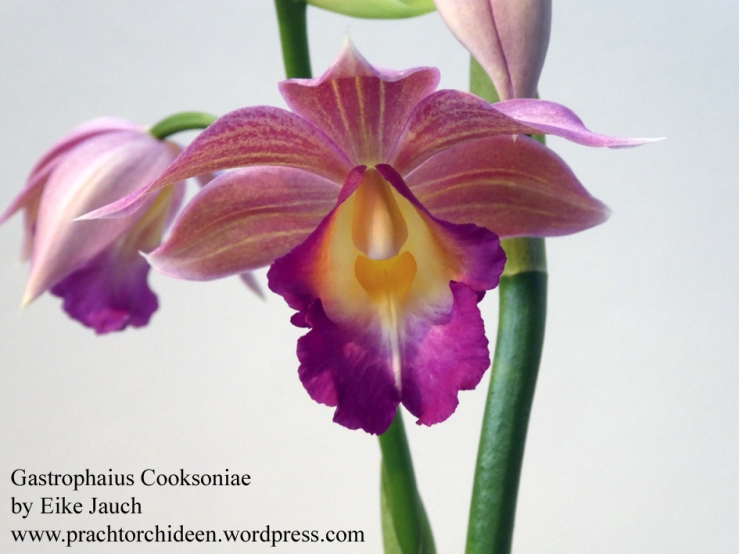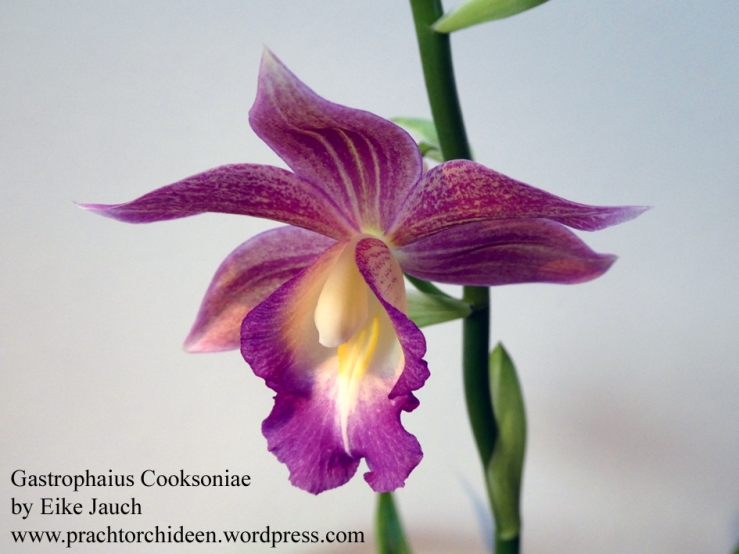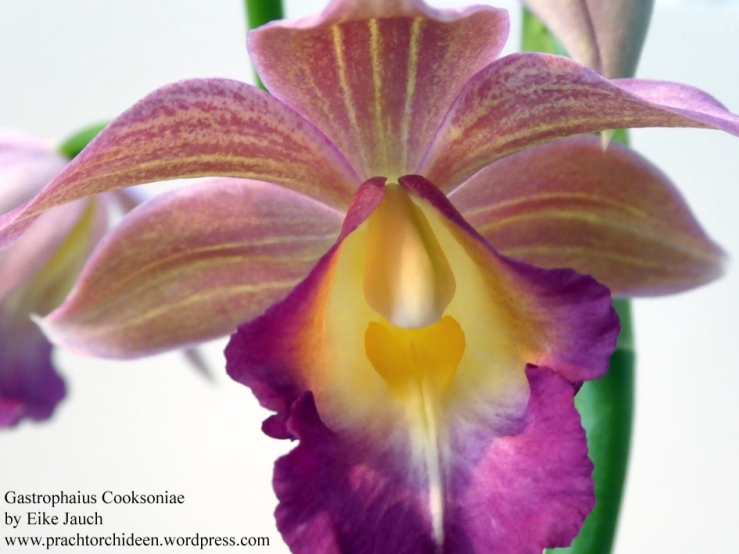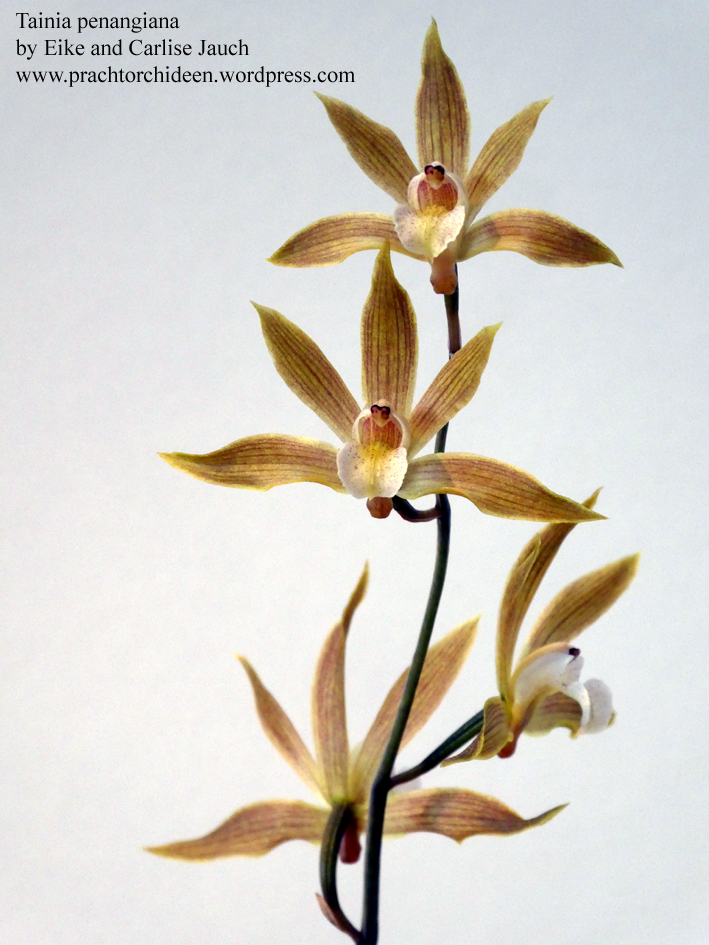The Orchids of the Sikkim-Himalaya by Naresh Swami is a rich source of pictures documentating the occurance of certain orchid species in Sikkim-Himalaya. Sikkim borders Tibet in the North, Bhutan in the East, Nepal in the West and West Bengal in the South. Sikkim is part of the Eastern Himalaya and includes alpine and subtropical climates. Beside the Calanthe and Phaius species listed below, orchids like Dendrobium nobile, Epipactis helleborine, Coelogyne cristata, Goodyera schlechtendaliana, Goodyera repens, Anoectochilus roxburghii and Thunia alba can be found in Sikkim.
Only two Phaius species were recorded so far by Naresh Swami:
Phaius flavus and Phaius mishmensis.
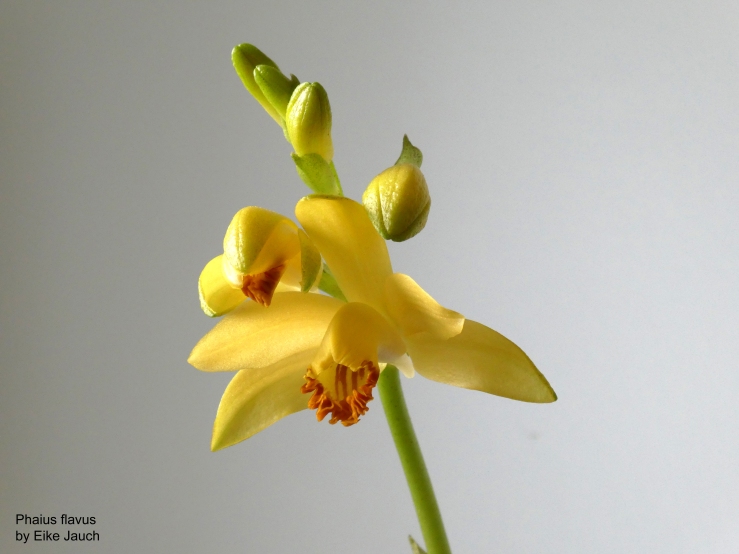

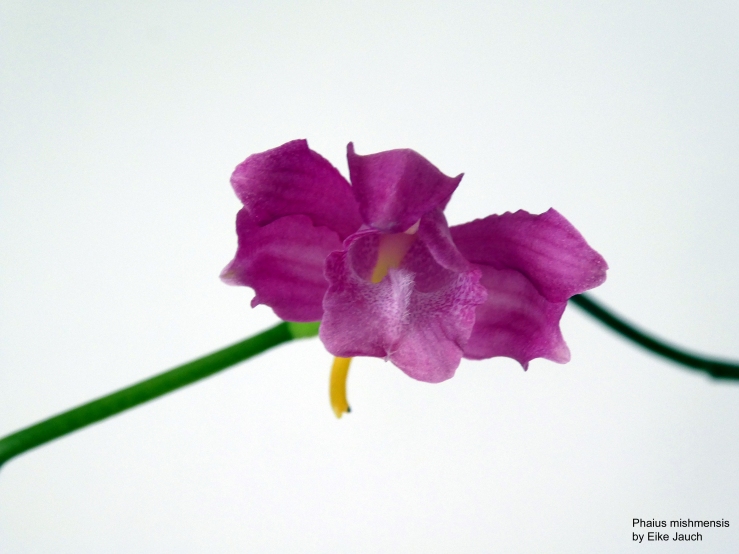
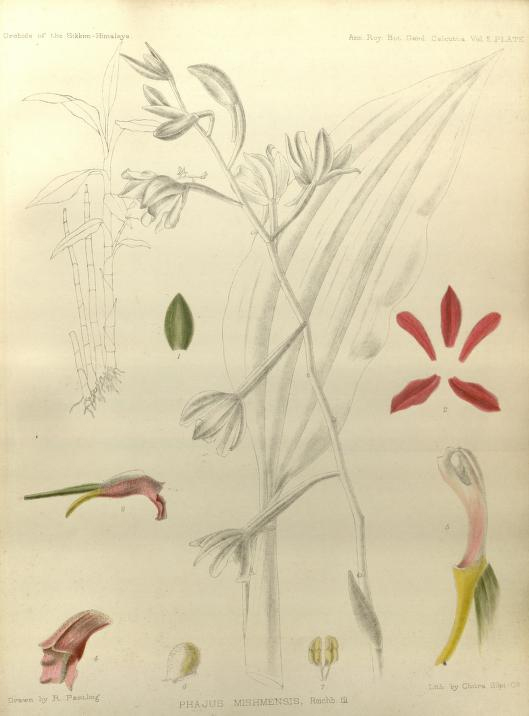
Note added 22.04.2020:

In the original work “The orchids of the Sikkim-Himalaya, Annals of the Royal Botanic Garden, Calcutta, 1898, v. 8, pt. 1-4” following Phaius are listed:
Phaius nanus (as Phajus nanus)

Phaius wallichii (as Phajus wallichii)
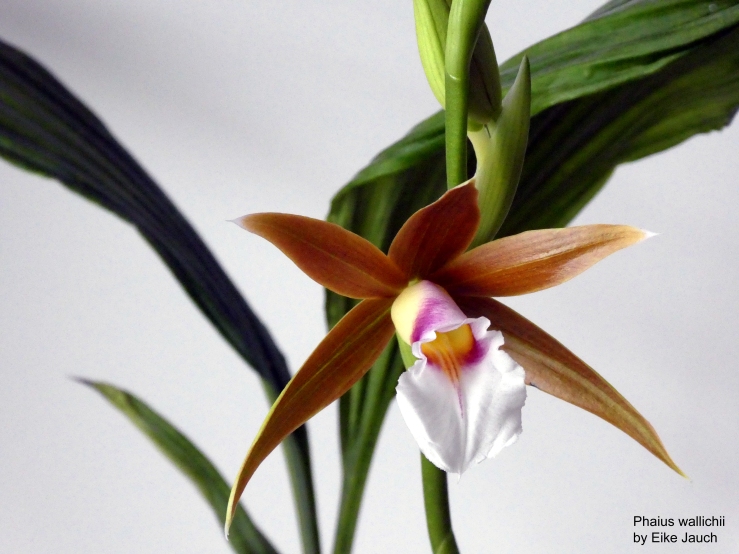

Phaius tankervilleae (as Phajus wallichii var. assamica / Phaius blumei var pulchra)
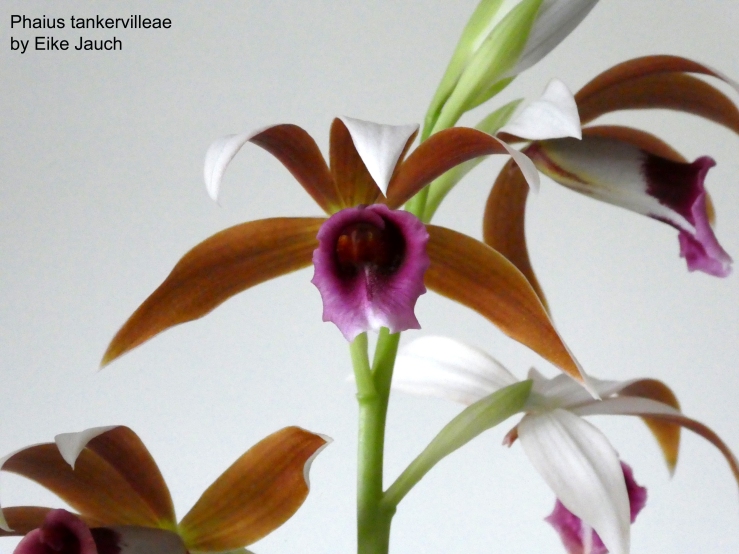
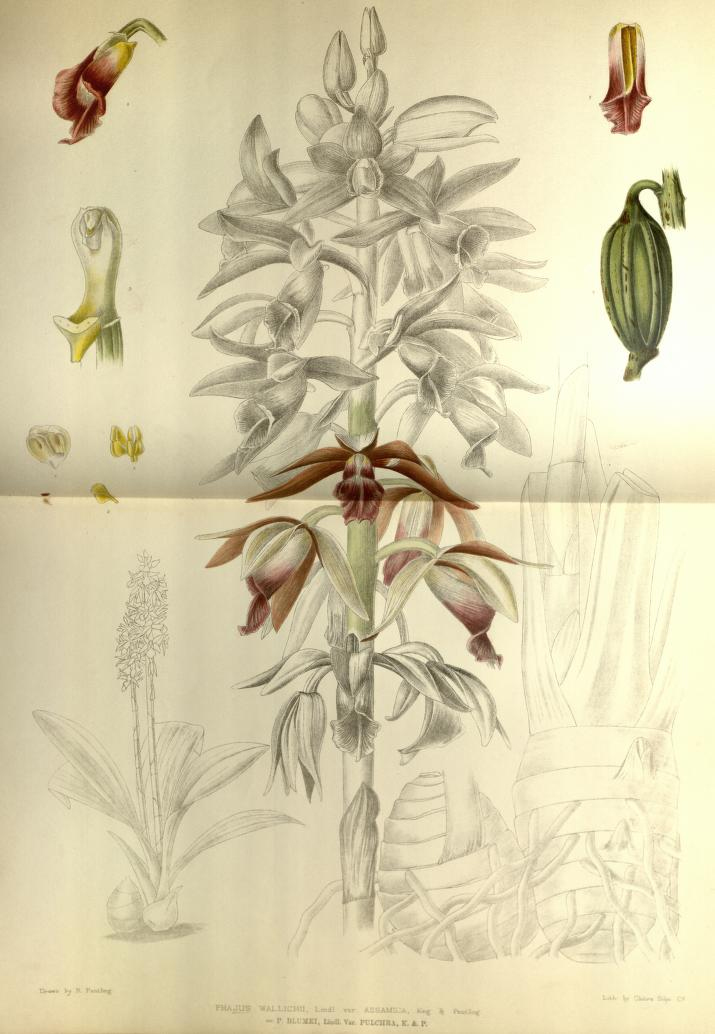
For me it was especially interesting to learn which Calanthe species were recorded from Sikkim-Himalaya. Here is a list of 11 species recorded by by Naresh Swami, that still might be incomplete according to the original publication:
Calanthe masuca
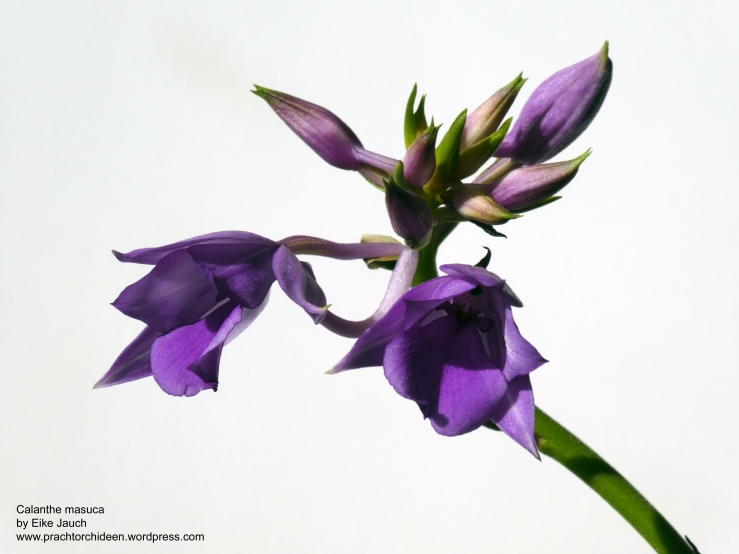
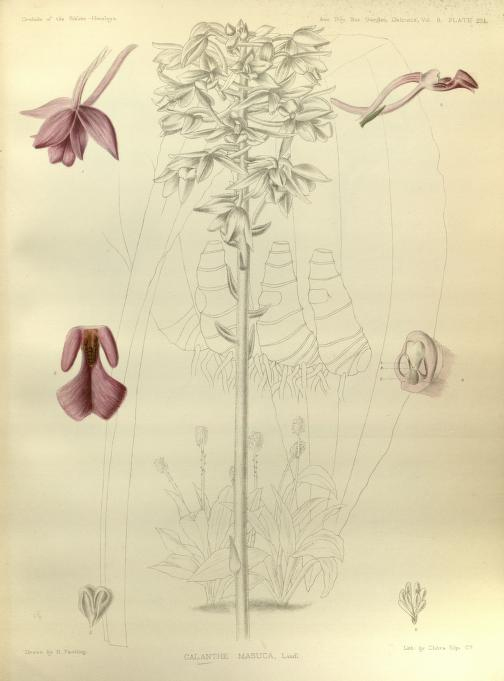
Calanthe herbacea
Calanthe brevicornu

Calanthe alpina
Calanthe biloba
Calanthe yuksomnensis (not mentioned in “The orchids of the Sikkim-Himalaya”)
Calanthe puberula

Calanthe trulliformis

Calanthe griffithii (not mentioned in “The orchids of the Sikkim-Himalaya”)
Calanthe mannii

Calanthe tricarinata
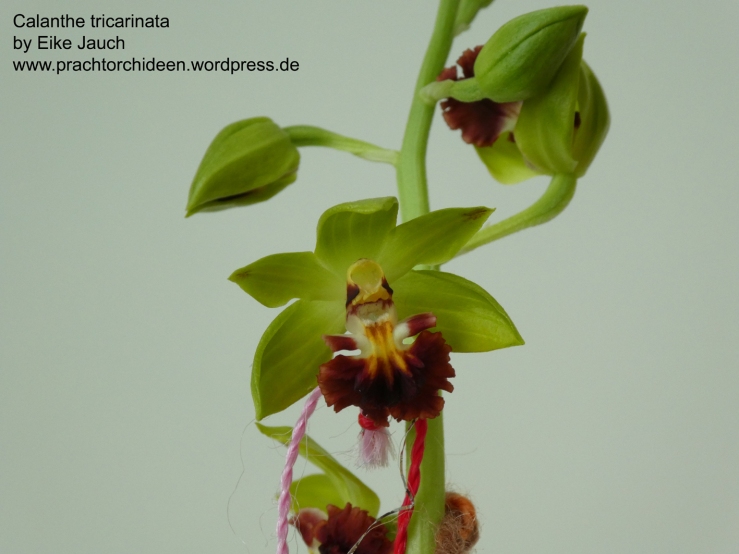

Note added 22.04.2020:
These additional Calanthe species were pubished in Orchids of Sikkim-Himalaya:
Calanthe gracilis
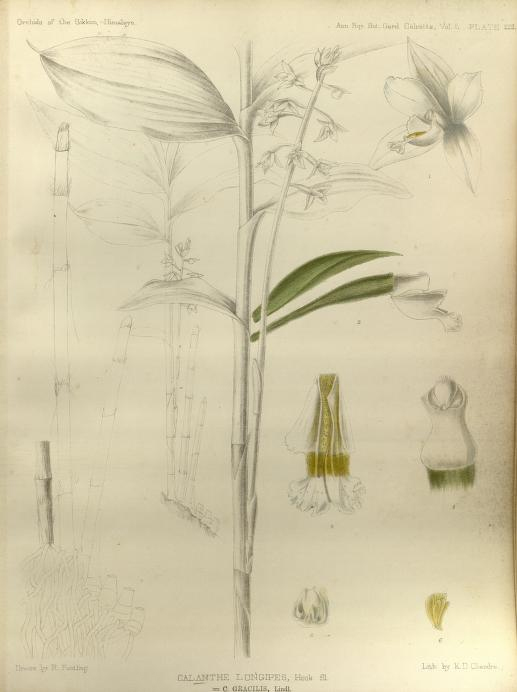
Calanthe alismaefolia


Calanthe angusta

Calanthe chloroleuca

Calanthe whiteana

Calanthe densiflora
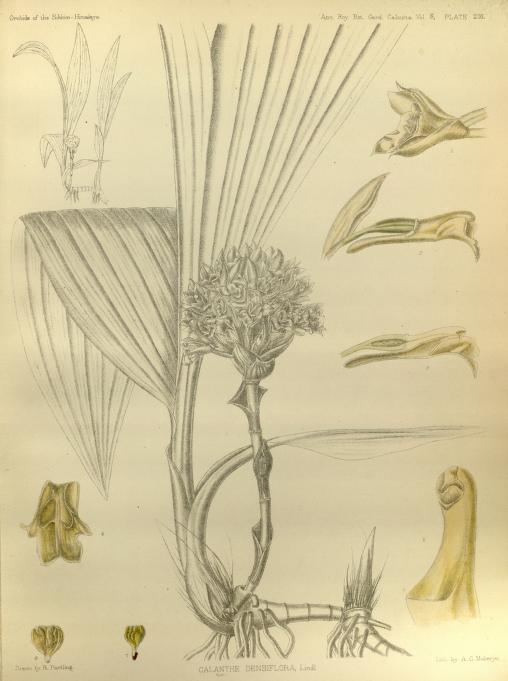









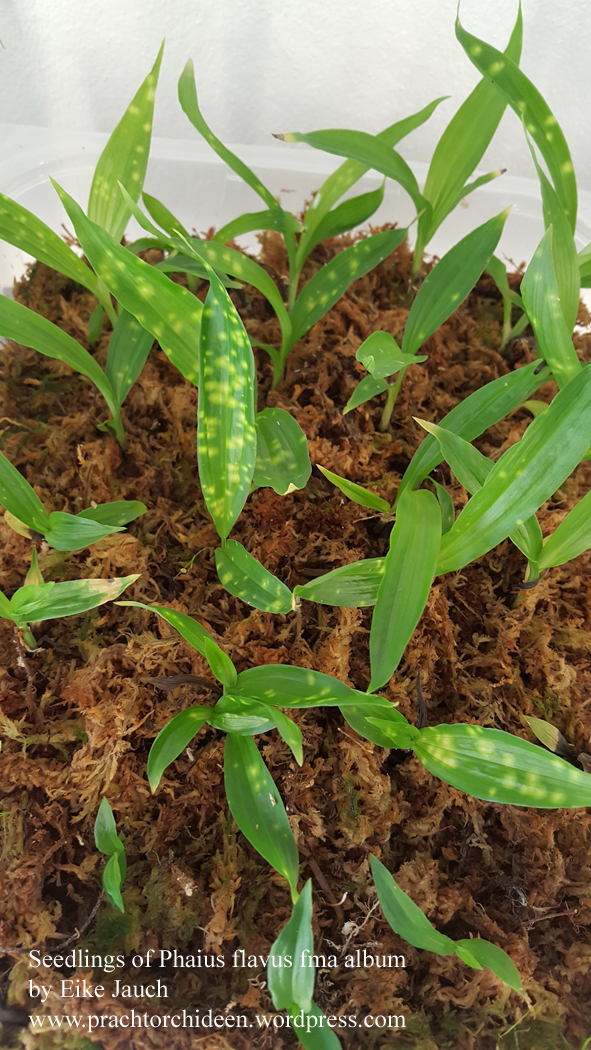
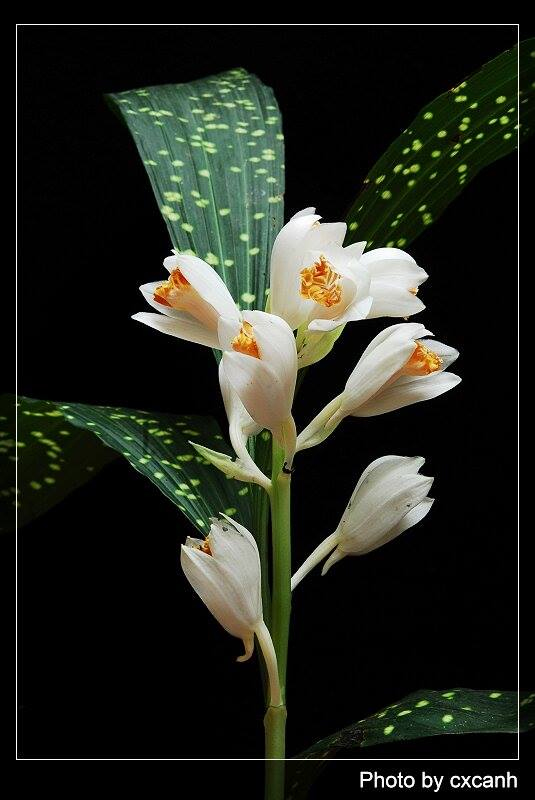

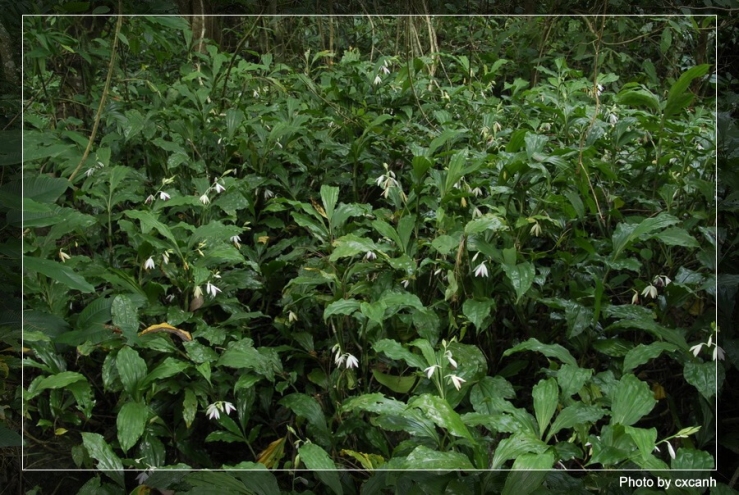
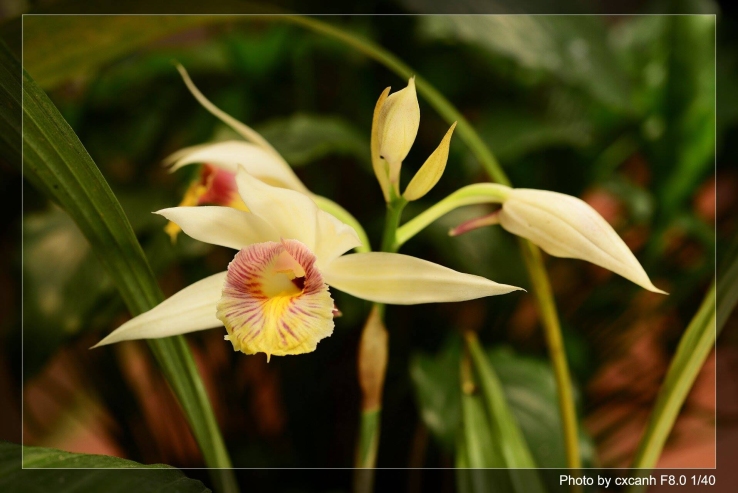
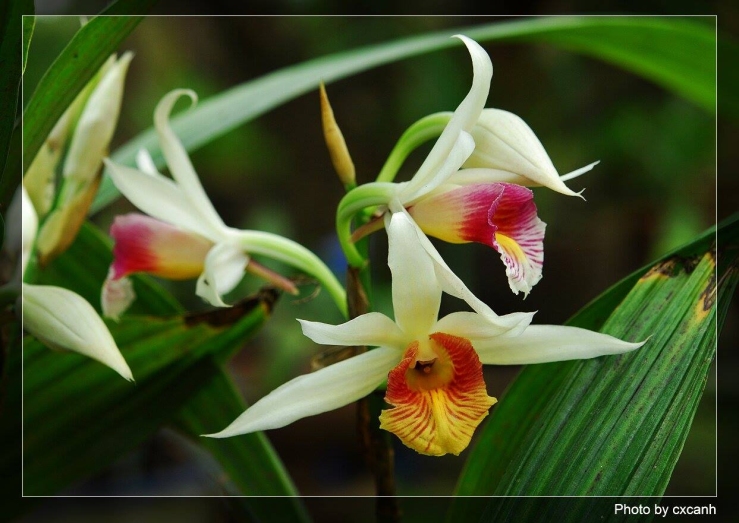
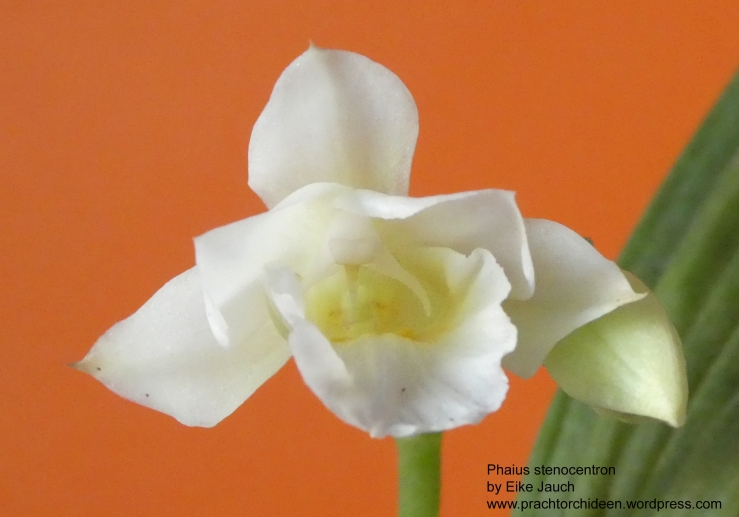
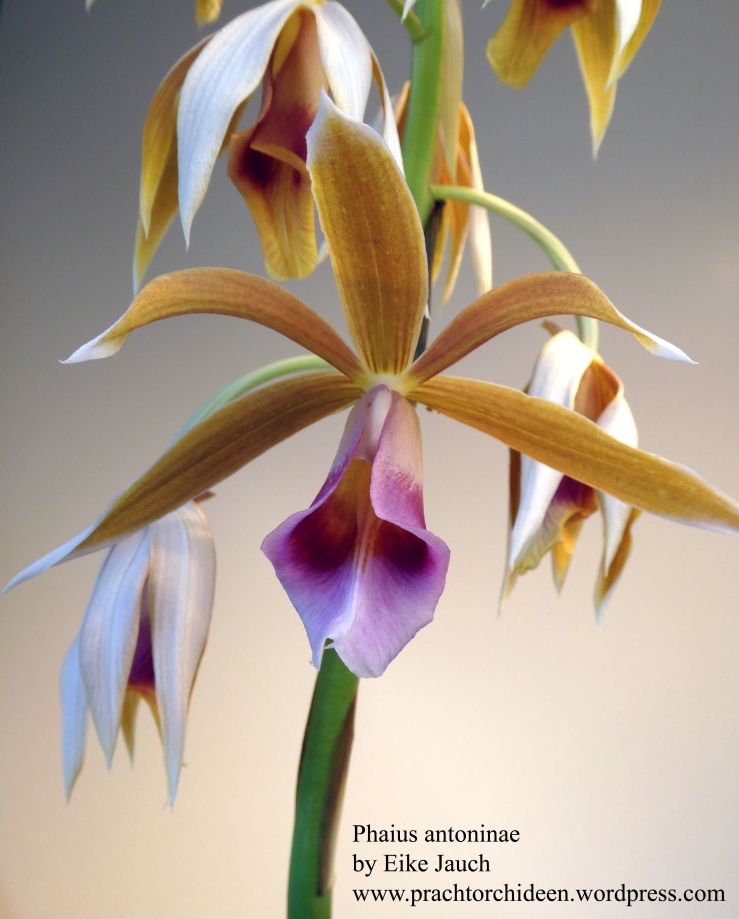
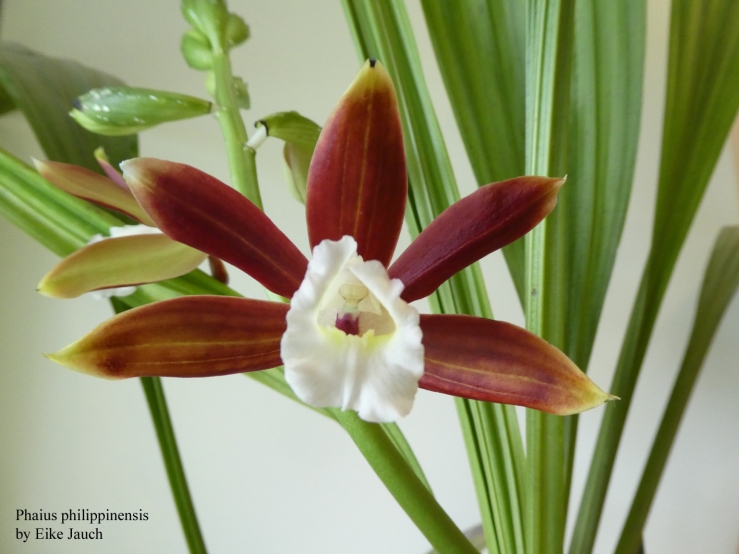
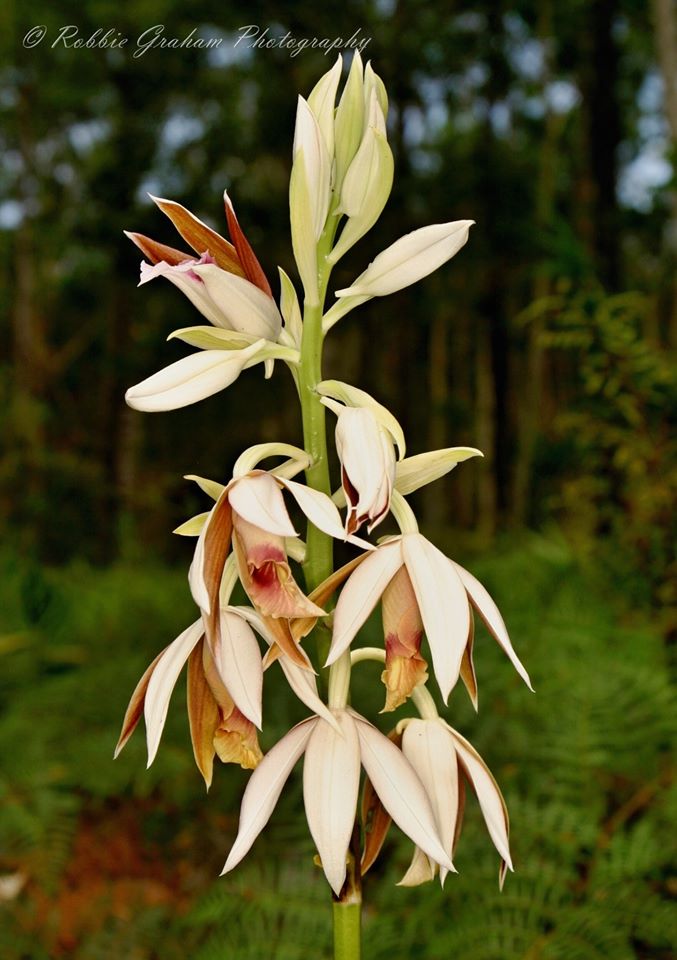
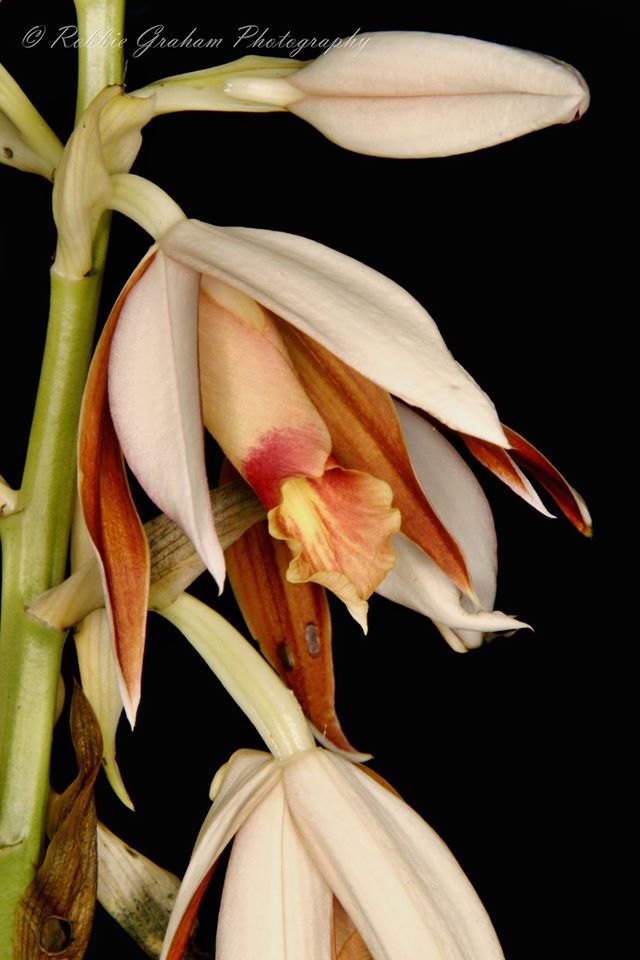
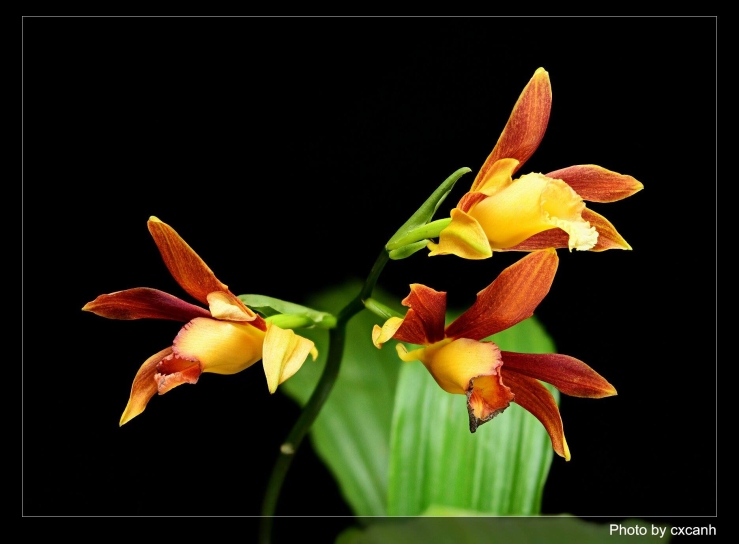 (Picture by Chu Xuan Canh)
(Picture by Chu Xuan Canh)